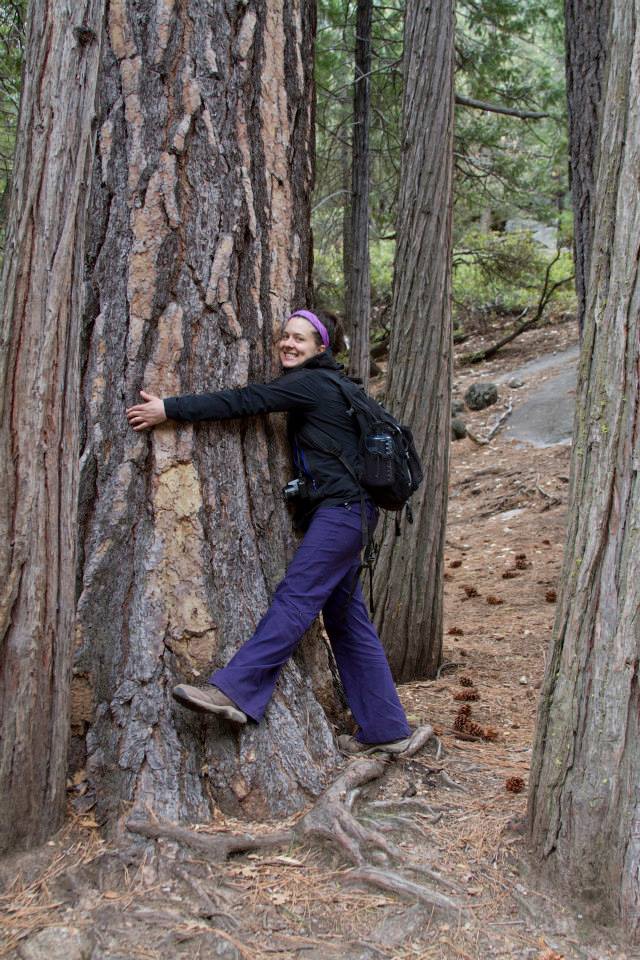
Laura Walker is a postdoctoral research associate in the Strassmann and Queller research group studying cellular slime molds. Ask her about the research she is conducting and be ready for a treat: with great care and patience, she meticulously walks you through complex scientific ideas, leaving you wanting to know more.
She will tell you about the social amoeba Dictyostelium discoideum, or Dicty. Normally, they live independently as single-celled organisms. But when food runs out and starvation sets in, they aggregate.
“They have to cooperate in order to form a fruiting body to disperse and spread their genes. About 20% of them die and form the stalk that supports the remaining cells, which develop into spores,” said Walker.
Are you wondering yet why any of them would want to sacrifice themselves and die in the stalk? So is Walker, who is building on research by a former graduate student in the lab. Jennie Kuzdzal-Fick evolved replicate lines of amoeba cells under low relatedness and found that this allowed cheaters to arise showing that relatedness helps maintain cooperation. Amoebae are less willing to sacrifice themselves for non-relatives.
Unrelated amoebae stopped cooperating and forming fruiting bodies. “An evolutionary dead end,” said Walker.
“I am fascinated by this result. I got all of those cells out of the freezer to perform a genomics analysis – a single nucleotide polymorphism analysis – to identify the genetic mechanisms that allowed this to happen,” explained Walker, who revealed that she has found one gene with mutations in most of the different cell lines – a gene with an apparently critical role in the fruiting process.
From bugs to aggregating slugs
Hooked on genomics, Walker plans to continue to pursue ways to apply different genomics techniques to evolution and ecology. She has the perfect skill set to do that after spending six years in an immunology lab at WUSM learning molecular biology and a earning a doctorate in ecology at the University of Arkansas.

Yosemite
But her journey to where she is today was not as smooth as it appears on paper. Labeled the ‘bug girl’ growing up because of her love of the outdoors and everything bugs, Walker had no idea she could translate this passion into a career path.
“I didn't know anything about graduate school. I had never really been exposed to scientists as a child, especially not female sientists. I never even considered research a possibility,” said Walker.
Her time at WashU – first as a lab manager at WUSM and later as a volunteer in the biology department - exposed Walker to female scientists and the possibilities of doing scientific research in ecology.
“I realized there was a career path for people like me who are into bugs, slime mold, and mushrooms,” said Walker, who went on to complete her doctorate studies in the laboratory of Dr. Steven Stephenson at the University of Arkansas. She studied another group of slime molds called myxomycetes that live in the soil as predators of bacteria and asked how they are affected by nutrient limitations in tropical forests.
As a graduate student, Walker invited Joan Strassmann, the Charles Rebstock Professor of Biology in Arts & Sciences, as a guest speaker to give a seminar. When a job opening came up in the Strassmann/Queller research group, Walker was not only ecstatic about the research opportunity but happy as a Missouri native to be coming home.
These days, when she is not in the lab, she is out marveling at all things nature, including the bugs, on her hikes – just like when she was a child.




